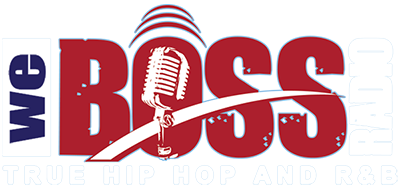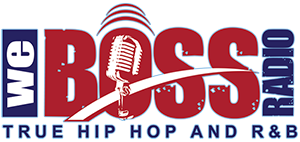Updated April 3, 2025, 9:00 a.m.
The Dow Jones Industrial Average plummeted 1,581 points, or 3.8%, to 40,634 in Thursday morning trading, as investors grappled with the implications of the Trump administration’s latest tariff measures.
On Wednesday, President Trump unveiled a sweeping 10% baseline tariff on all U.S. trading partners and raised duties on multiple countries that impose higher taxes on American exports. The administration argues that these tariffs aim to create a fairer global trading environment, encourage domestic business expansion, and boost federal revenue.
However, economic experts caution that the aggressive tariff hikes—along with potential retaliatory actions from other nations—could stoke inflation, curb consumer and business spending, and slow economic growth.
The tech-heavy Nasdaq took a significant hit, plunging 1,000 points (5.7%), while the S&P 500 fell 4.4%. This decline represents a staggering $1.9 trillion loss in market value during morning trading, according to FactSet. The S&P 500 is now on track for its worst single-day performance since 2022.
“Market uncertainty is expected to remain high in the coming weeks, as investors weigh potential downward revisions to U.S. economic and corporate earnings forecasts, the likelihood of escalating trade tensions, and the prospect of negotiated tariff reductions,” said Solita Marcelli, Chief Investment Officer Americas at UBS Global Wealth Management.
Global markets also felt the strain. In Asia, Japan’s Nikkei 225 briefly dipped 4% before closing 2.8% lower, with automakers and financial stocks suffering heavy losses. South Korea’s Kospi declined 1.1%. Meanwhile, in Europe, Germany’s DAX slid 2.4%, France’s CAC 40 fell 2.7%, and Britain’s FTSE 100 lost 1.5% by midday.
Speaking on CNN Thursday, White House Press Secretary Karoline Leavitt remained optimistic, urging investors to have faith in the administration’s economic strategy. “To anyone on Wall Street this morning, I would say trust in President Trump,” she stated, despite the overnight market turmoil.
Following Trump’s re-election in November, financial markets initially surged, fueled by expectations of tax cuts and deregulation. Many investors assumed that Trump’s tariff threats were primarily a negotiating tactic rather than a full-scale attempt to overhaul global trade.
However, stock markets have reversed course since reaching record highs in February, as the administration has demonstrated its commitment to implementing sweeping trade restrictions. The scale and speed of these tariff increases have caught investors off guard.
Unlike Trump’s first term, when tariffs were imposed on roughly $380 billion worth of imports over four years, his administration has levied over $3 trillion in tariffs within just three months, according to the Economic Policy Institute, a left-leaning think tank.
“Markets may still be underestimating the broader consequences, particularly if these tariff rates hold, given the potential ripple effects on global consumption and trade,” warned Sean Sun, portfolio manager at Thornburg Investment Management.
Year-to-date, the S&P 500 has dropped 7.3%, the Dow has fallen 4.1%, and the Nasdaq has tumbled 13%, with Thursday’s sell-off deepening investor concerns over the market’s trajectory.






